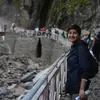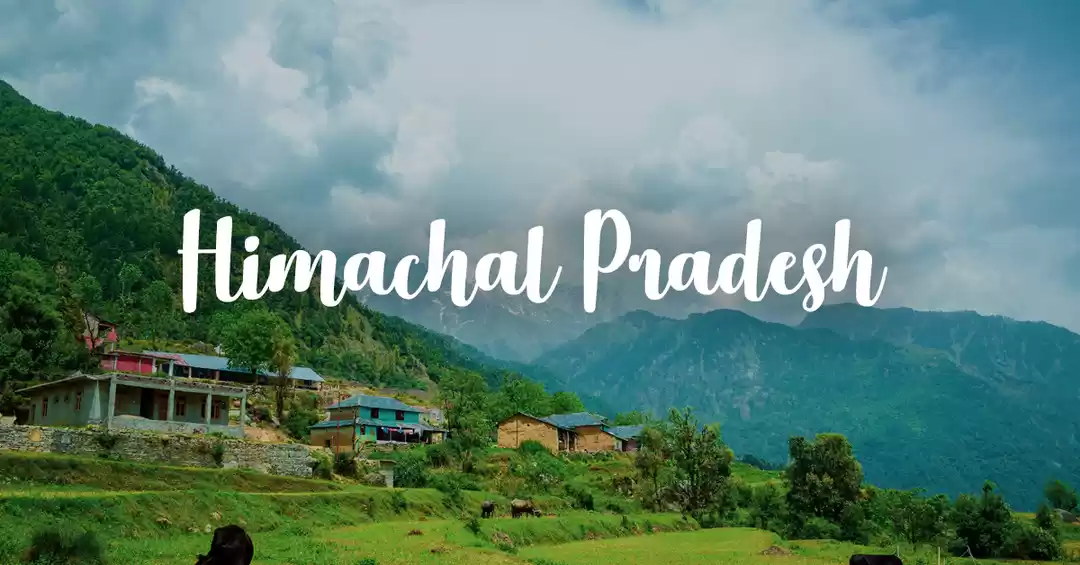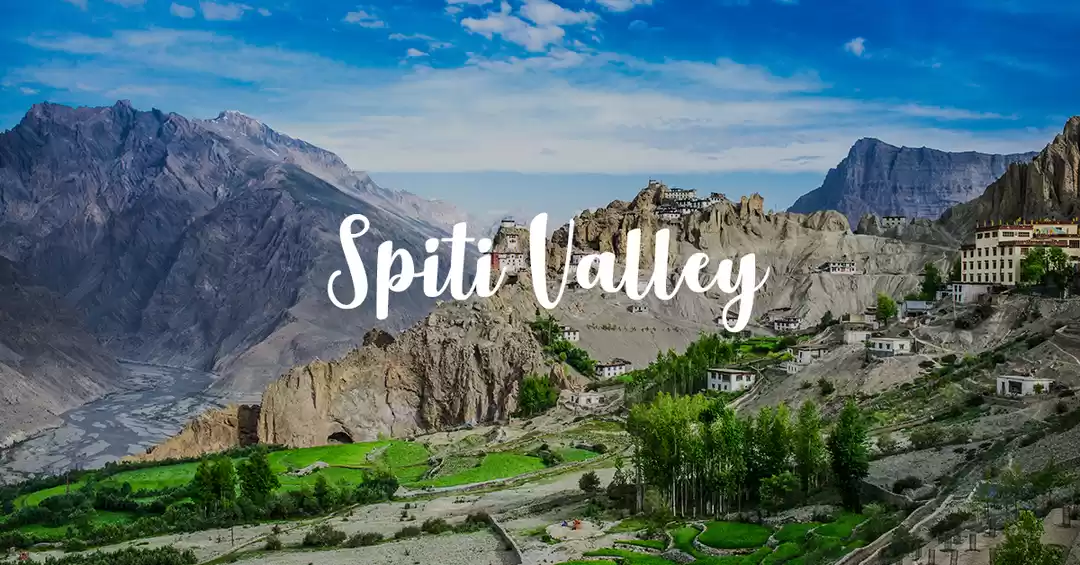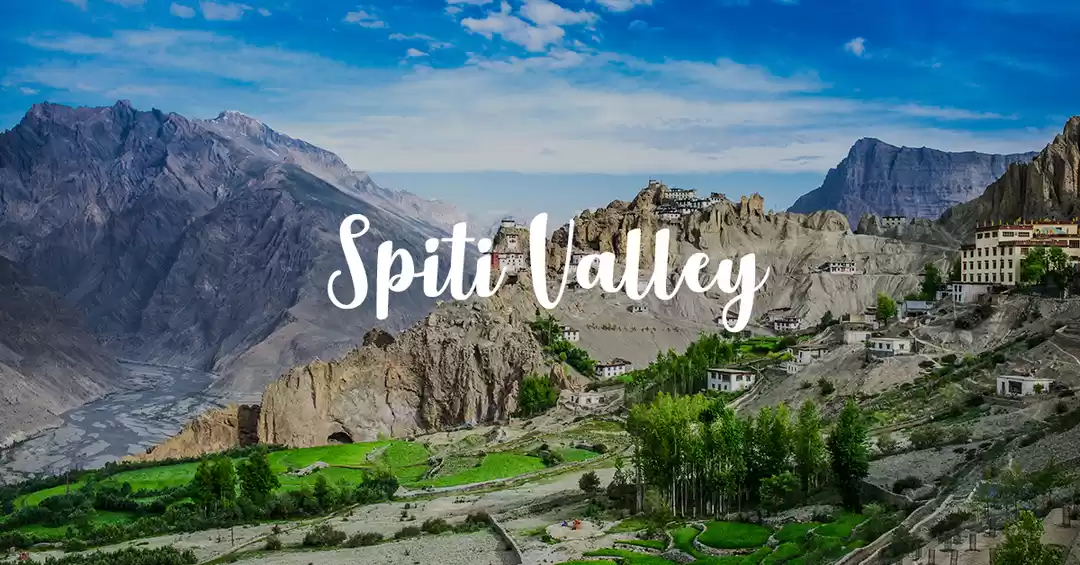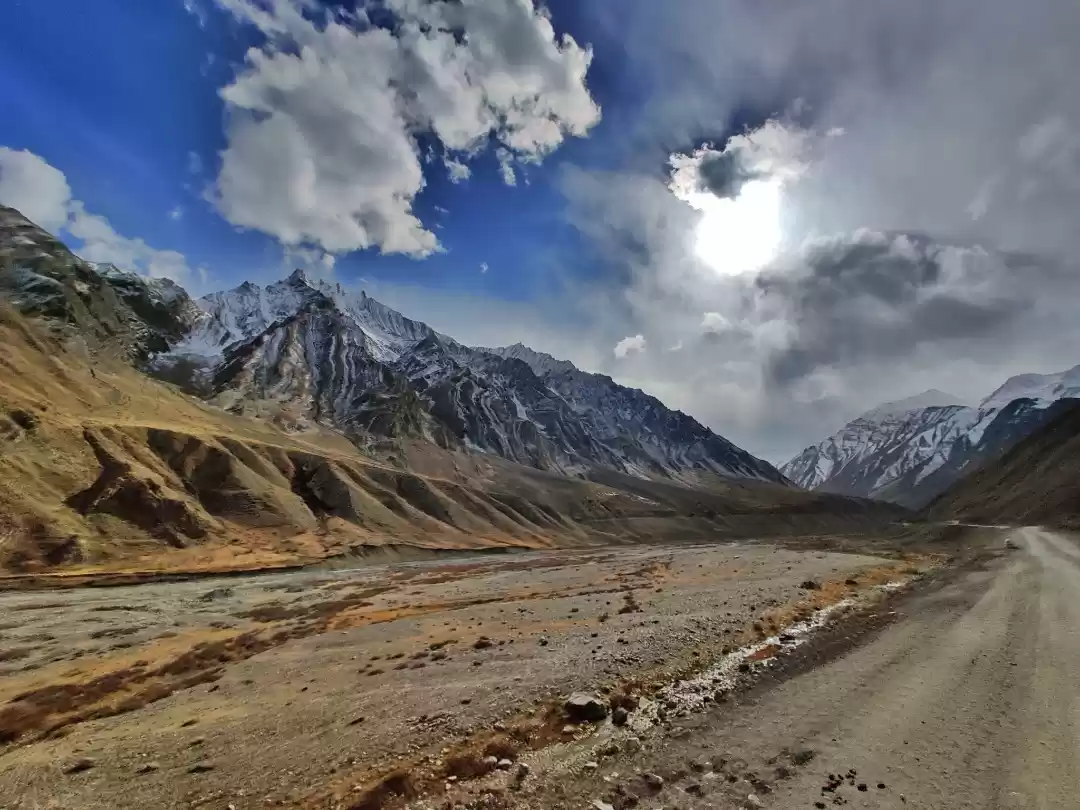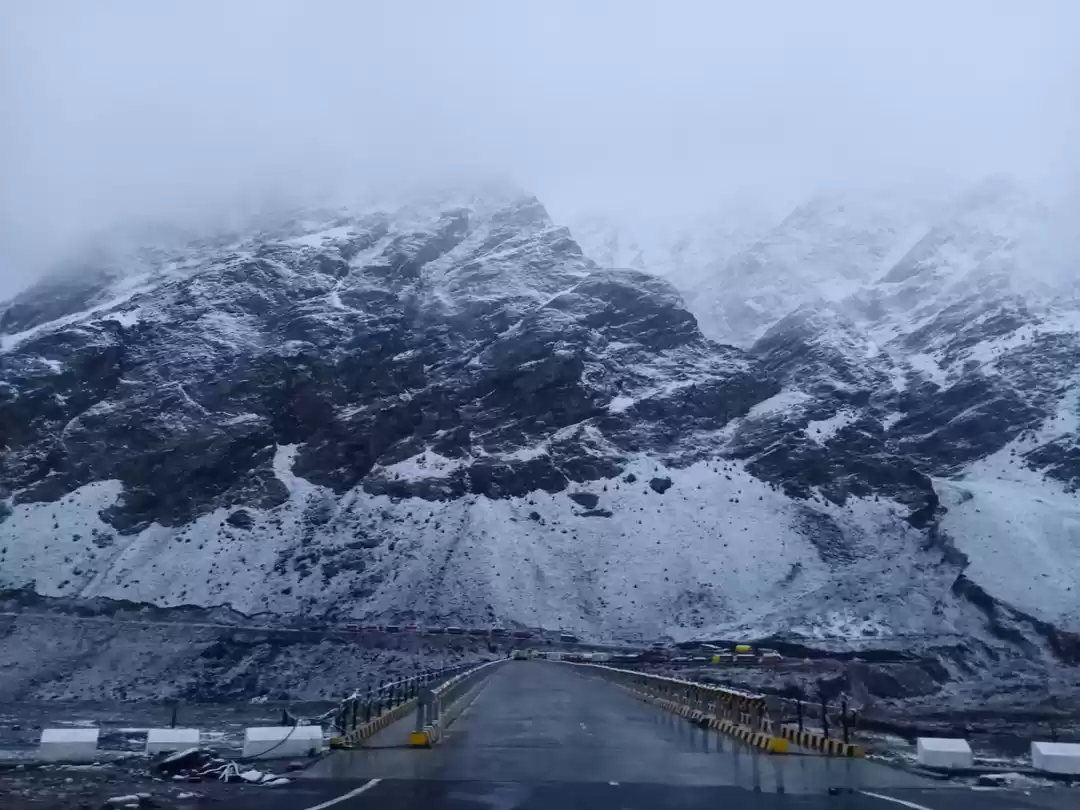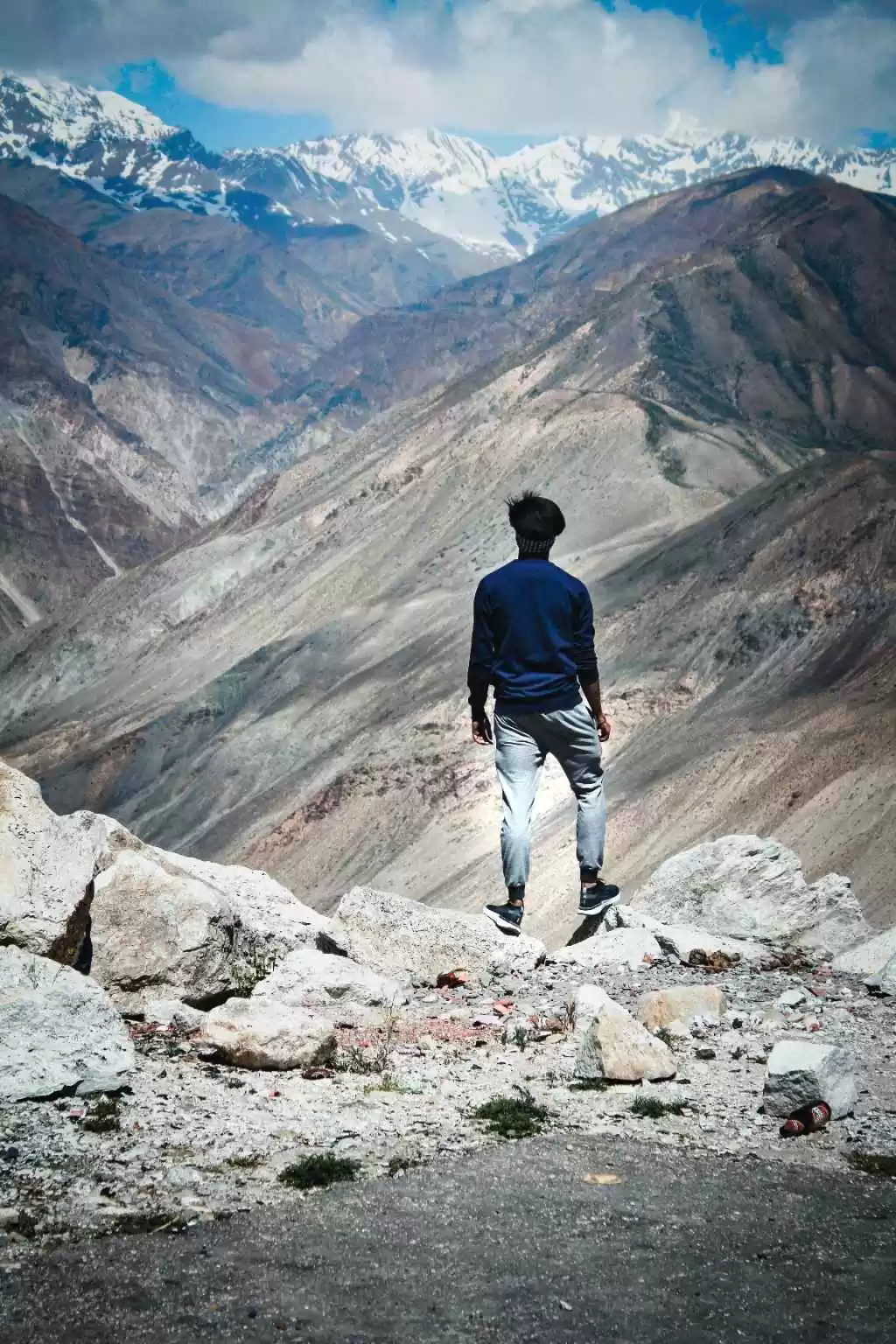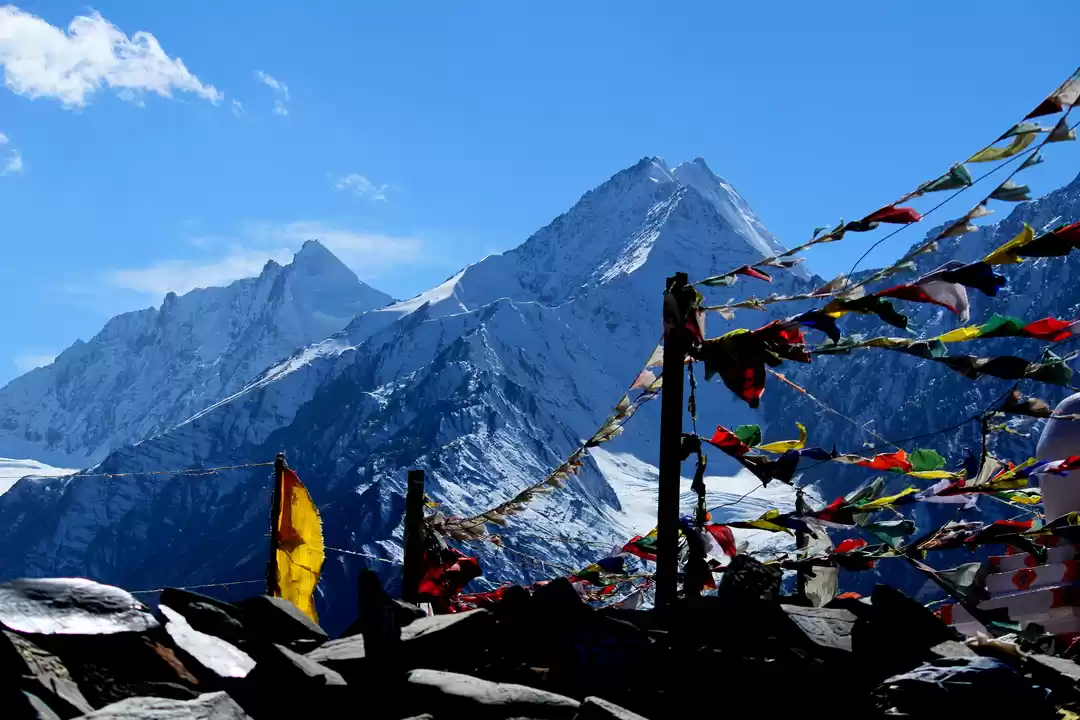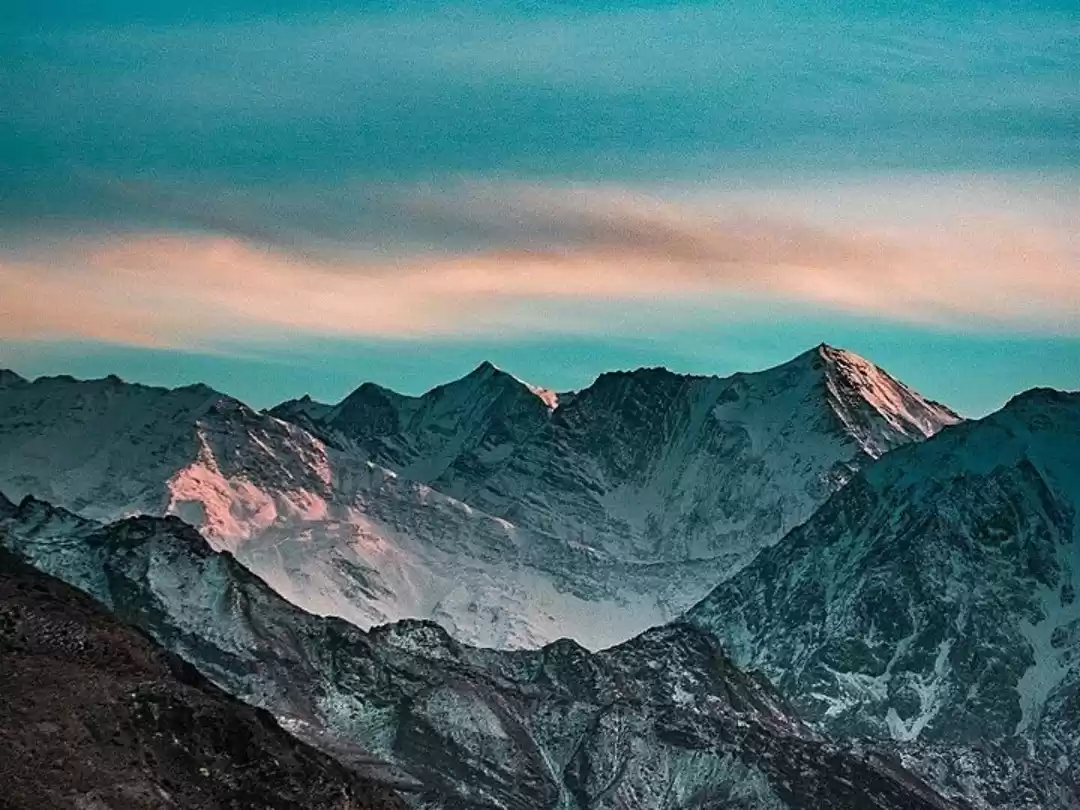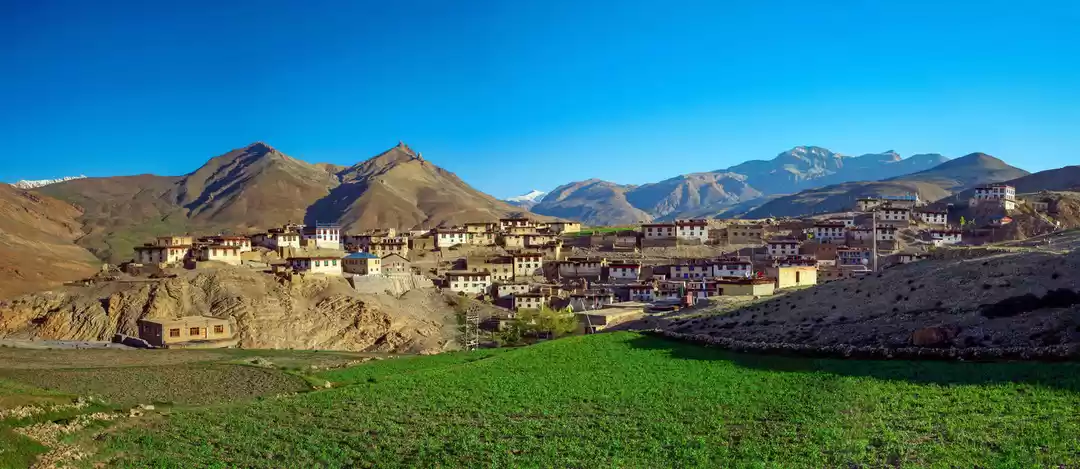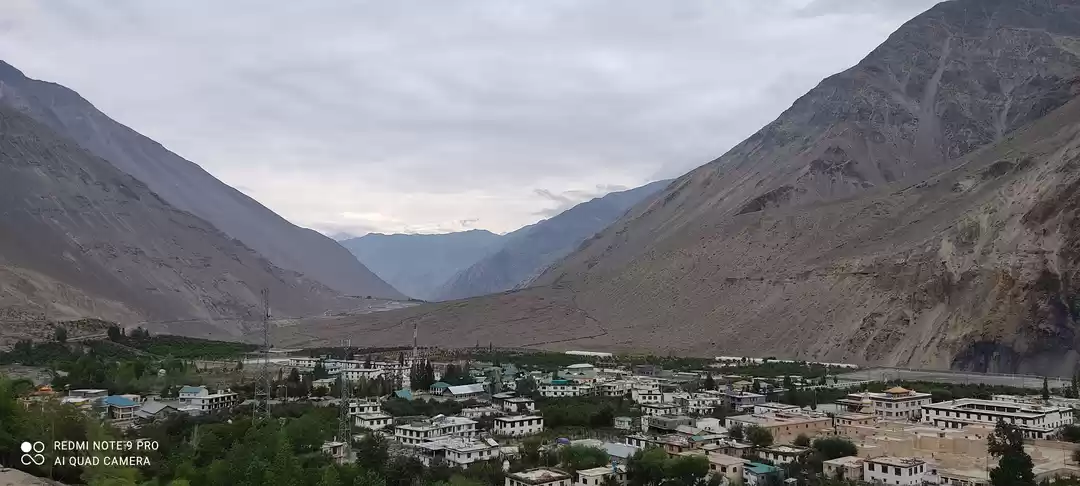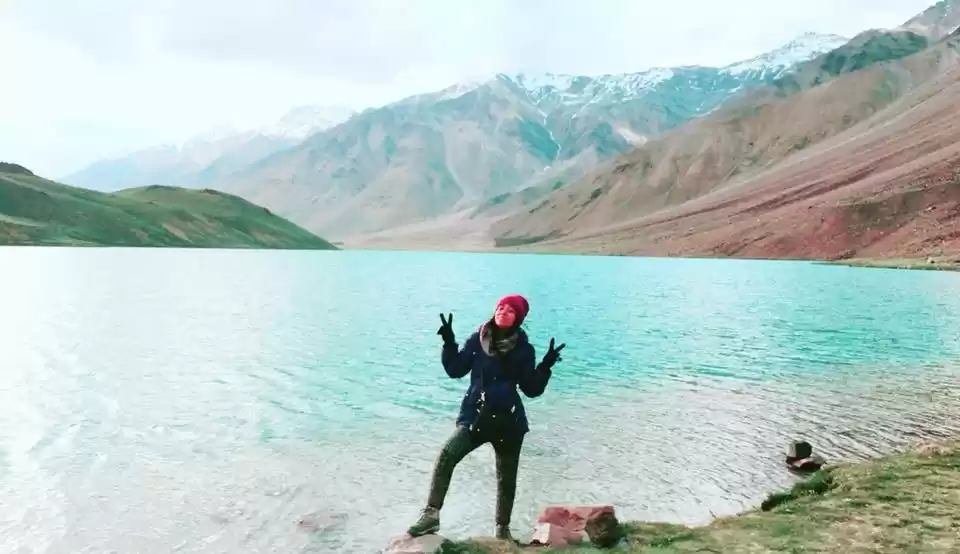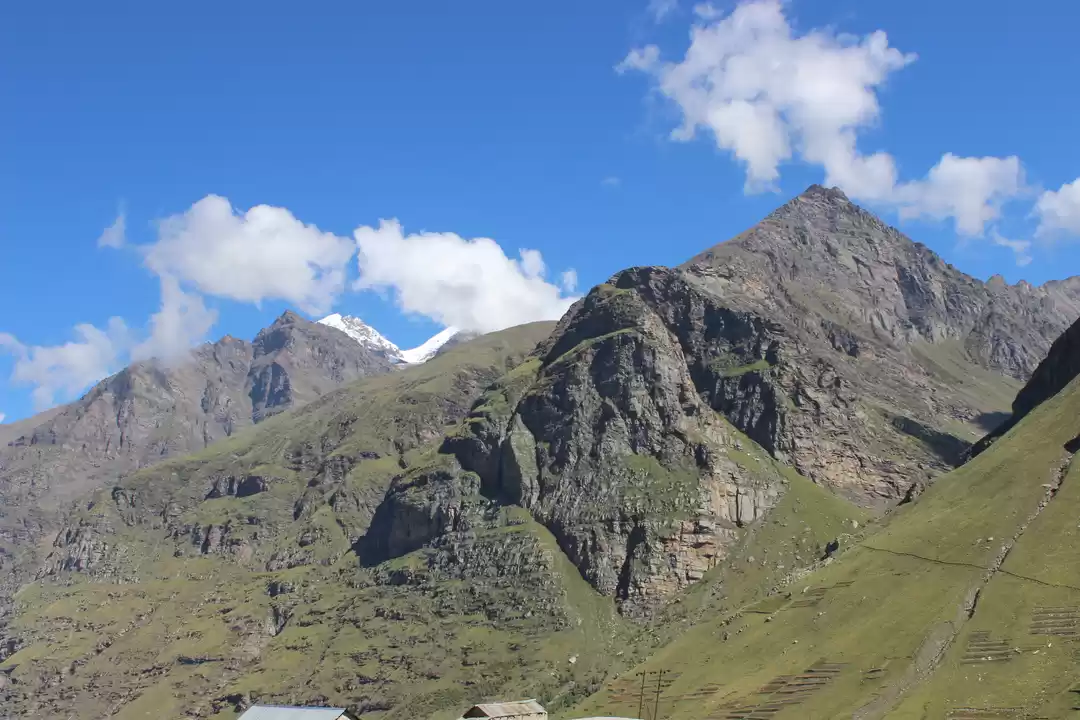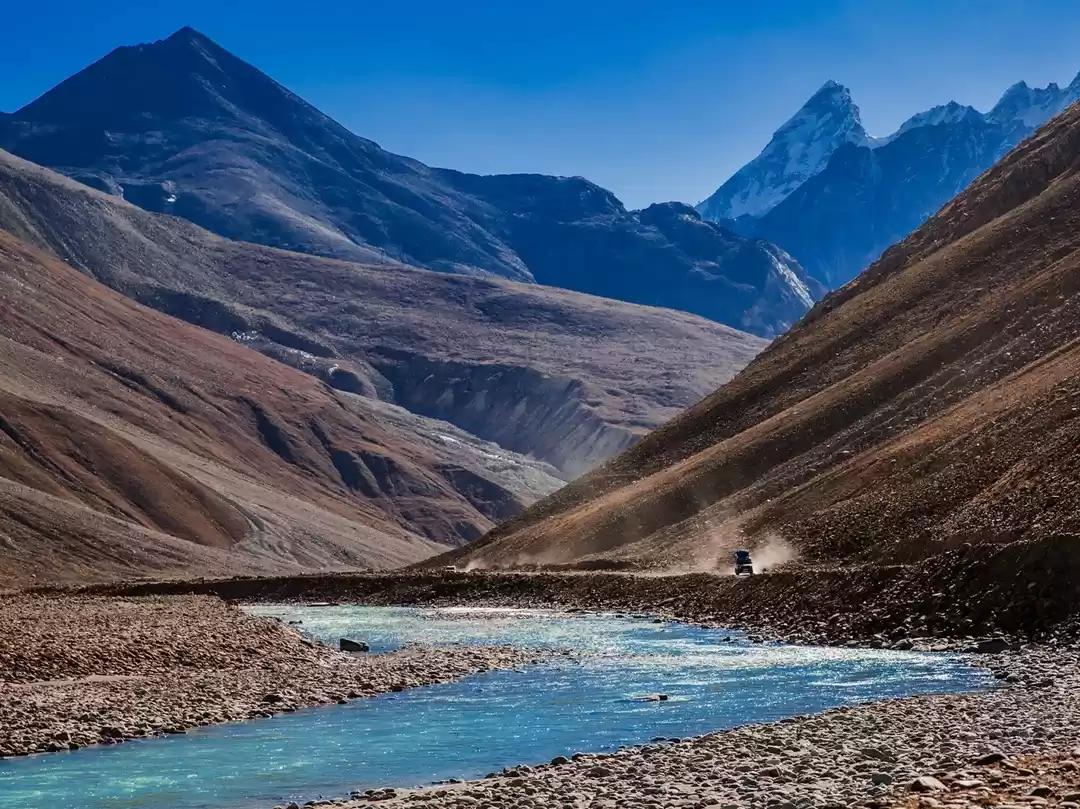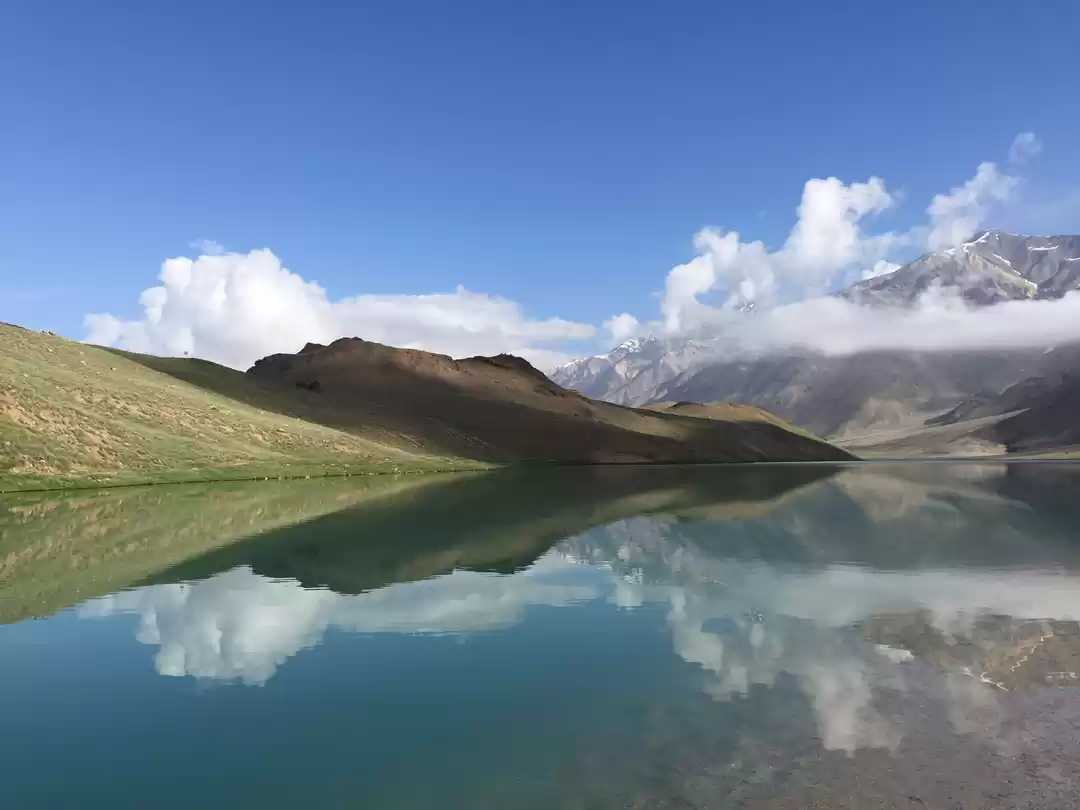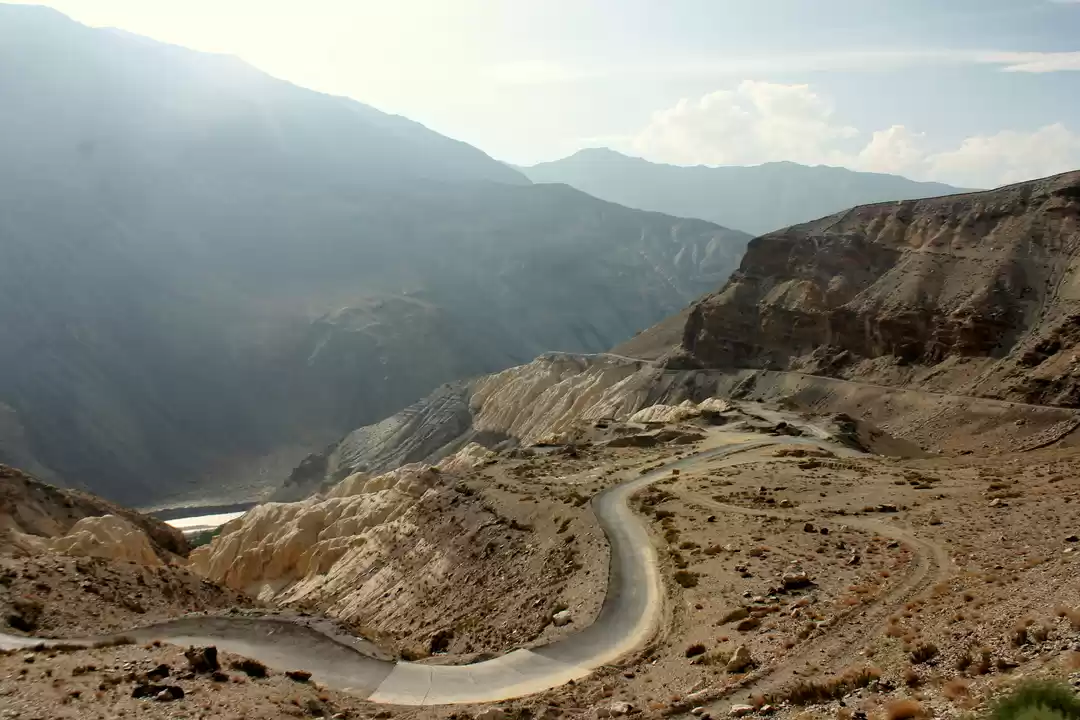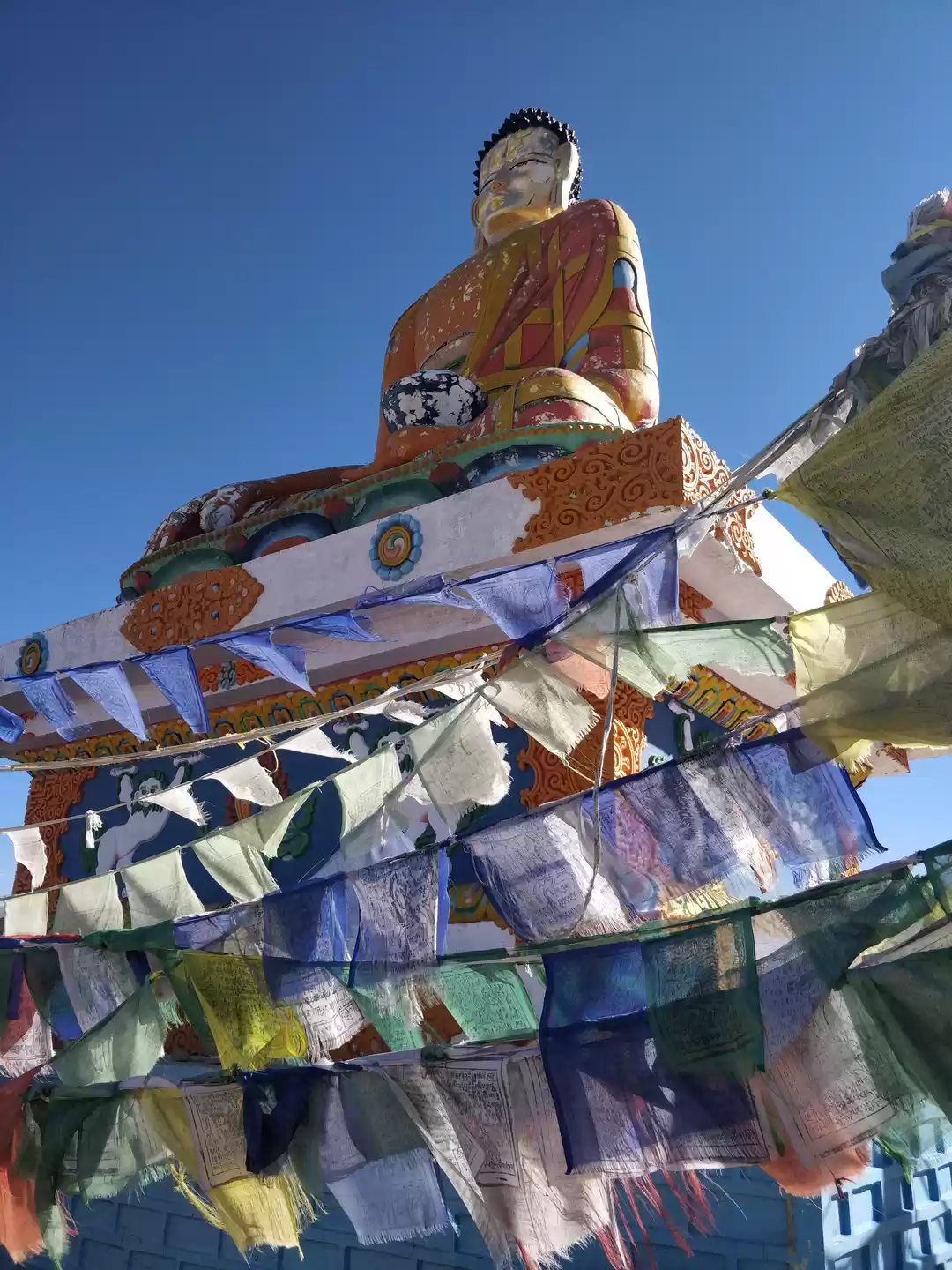Across the Pir Panjal Range, through the Rohtang Pass, you enter the land of dreams and dreamers. Ahead on this road awaits Lahaul & Spiti. It was declared a district in 1961 and thus began the journeys of countless travellers into this mystical wonderland. With the average density of population as low as 2 per sq/km, Lahaul & Spiti still remains a land of local secrets where every step into the valley is a revelation for a fortunate traveller.
Here are some of the best kept secrets of Lahaul & Spiti giving you a sneak-peek into this world of myth and wonders.
1. Myth Of The Flying Horse
Among the countless myths about Rohtang Pass, the sole gateway to Lahaul from Manali, the myth that has prevailed among the Lahaulis is a fascinating one. According to the myth a king, Gyapo Gyaser riding a flying horse, on reaching Khoskar ranges, gave a powerful blow winds with a whip and the mountains cleaved to give him the pass. Today the route created by this myth is called Rohtang Pass. The locals believe that the whipping created stormy winds which are still felt by the people of Kullu and Lahaul.

2. A Monastery On The Chest Of a Demon
If you have witnessed the setting sun on the far side of the Old Dhankar Monastery, you would remember a figure of a sleeping demon resting at the horizon. Numerous legends are intertwined with history of the Dhankar Gompa where Lamas believe that "It was the first to be made and the last to perish." The gompa has been believed to have been built thrice before the presently existing structure. A myth also states that the monastery is built on the chest of a demon and the Gompa was made to destroy the demon.
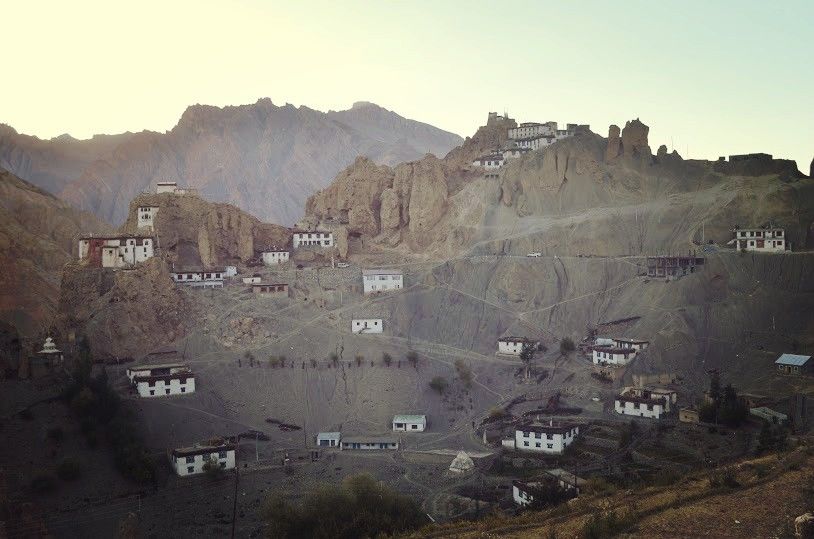
3. The Meditation Caves Of Tabo
Tabo has a series of visible caves, some of them artificially excavated. One of the caves in Tabo was used as an assembly hall of the monks. In some caves front doors have been built and have been turned into houses. Various monks still meditate for years inside those caves. On our journey we were fortunate enough to meet one such monk who was on his way back after meditating for years.


4. Sacred Bits Of Rocks At Dhankar
The meditation caves can be found all over the region. The meditation caves at the Dhankar Gompa are now a heritage site. On visiting the Dhankar Gomapa, I also came across visitors and pilgrims scraping bits of rocks from the roof of the caves and taking the sacred bits back home.
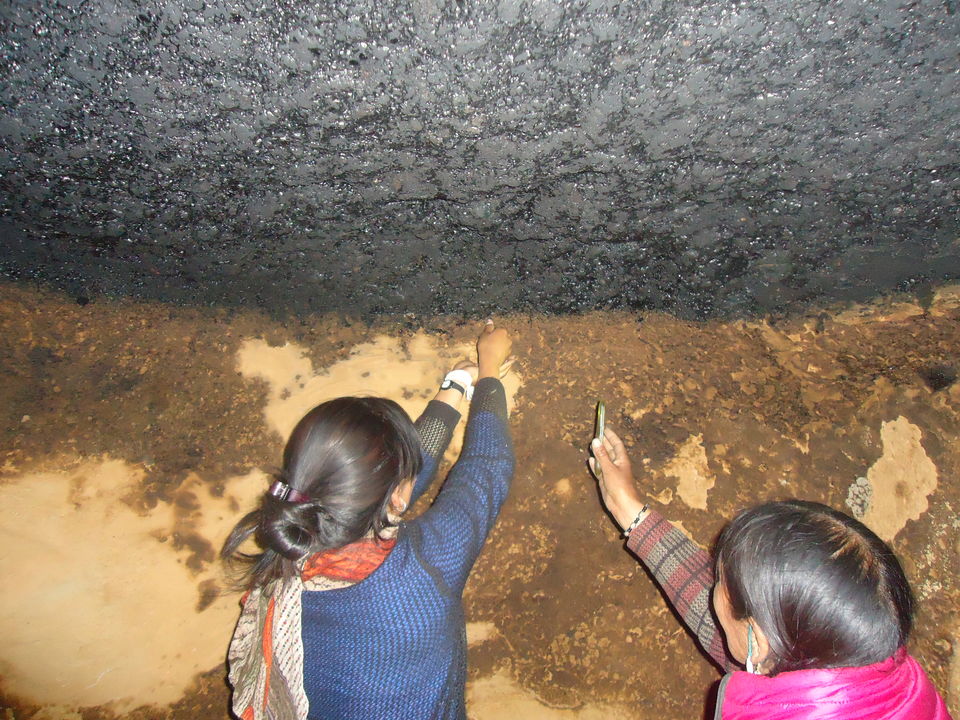
5. Construction Of The Houses
The construction of the houses in the villages of Lahaul & Spiti is usually a community affair. The houses have flat roofs although the region receives heavy snowfall. These roofs are multifunctional and used for daily activities like sleeping, weaving and storage.
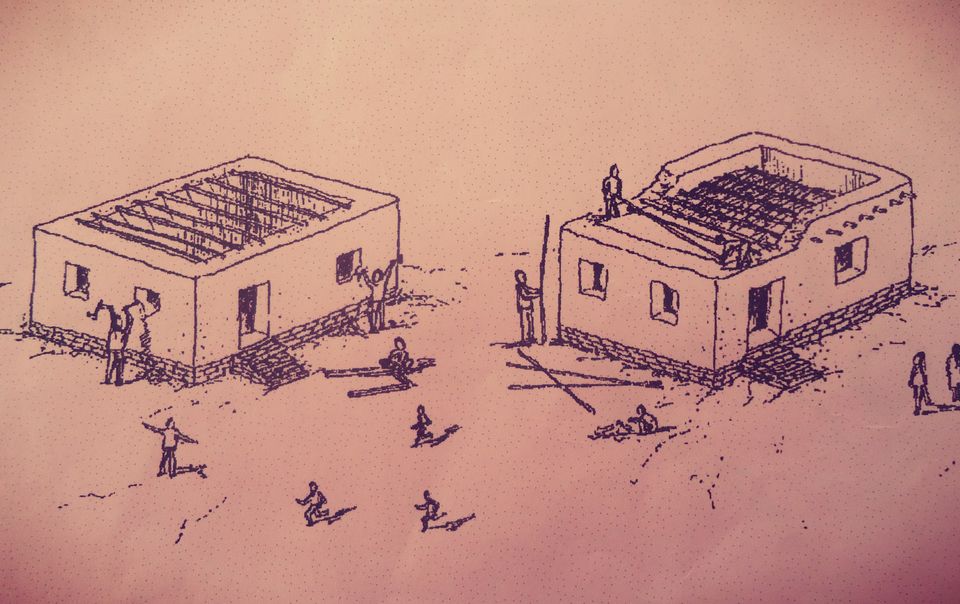
6. General Making Of The Houses
The whole structure of the house acts as a homogeneous unit during earthquakes and thus reduces damages. The lintel helps in the uniform distribution of the load in the structure of the house. It is also decorated with white dots of flour to bring good luck and a black band is painted around every door of the house to avert spirits.
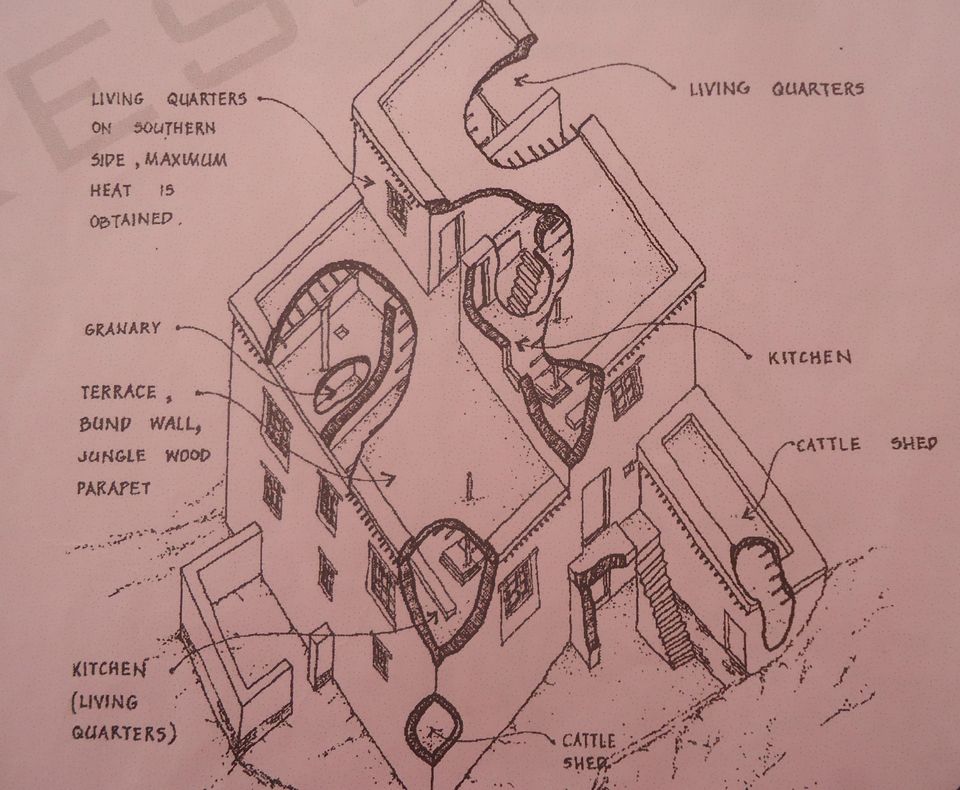
7. Mummy of Sangha Tenzin
The mummy in display in the temple of Gue was excavated at a site two miles away from Gue, an area controlled by ITBP. This mummy of Sangha Tenzin was excavated after the 1975 earthquake hit north India. The mummy is remarkable in the sense that the hair and skin are still intact and the monk still rests in a comfortable seating position.
It is believed that the monk asked the locals to mummify him during the scorpion infestation in the area and when his spirit left his body, a rainbow appeared and in that moment the scorpions disappeared from the town.

8. Footprints of Fairies and Demigods
The town of Nako is a serene end point of the journey through Lahaul & Spiti and this small town is famous for the imprinted footprints of Saint Padmasambhava. The town also has a monastery built in 1025 AD. A few miles away from Nako, in the village of Tashigang, Guru Padmasambhava gave discourse to his followers. Inside a cave built out of stones and wood at Tashigang Gompa, it is said that visitors can still see the footprints of fairies and demigods.
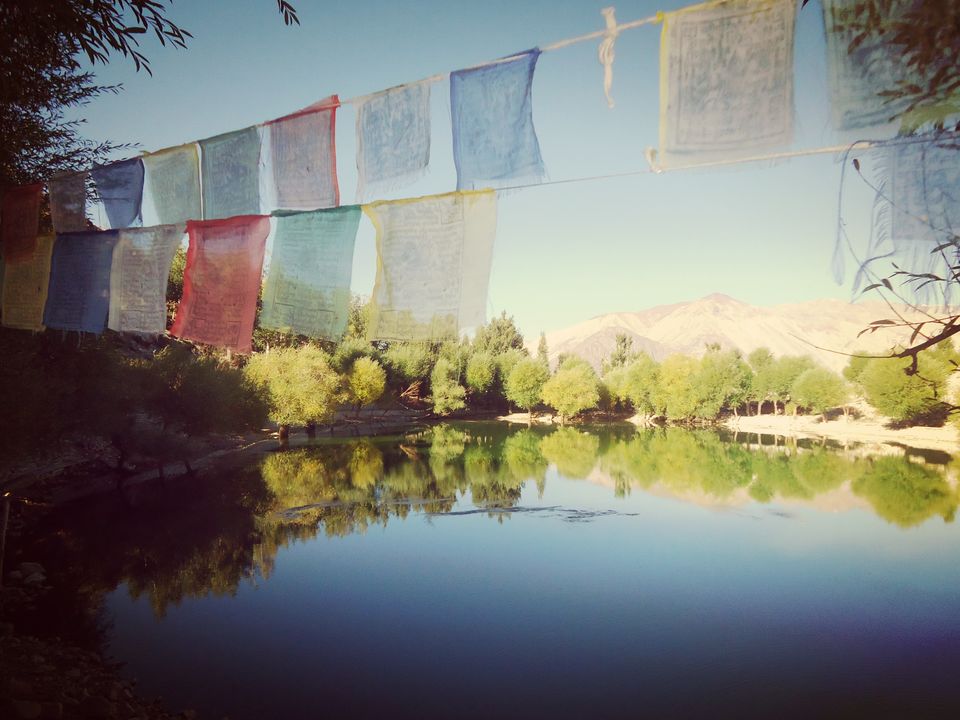
9. Village of Tandi, Land of Wedlock of Chandra-Bhaga
The village of Tandi is marked by the confluence of the two rivers Chandra-Bhaga. The name Tandi is believed to mean 'Tan-Dehi' meaning giving up the body. According to the historical accounts, Tandi is the place where Draupadi's soul left her body. In another fascinating myth, it is believed that Chandra and Bhaga, the two river and the son and daughter of the sun and moon respectively, fell in love with each other. They two had to climb the Baralacha La pass, then encircle the vast tract of Lahaul, and later meet at Tandi to enter the wedlock.
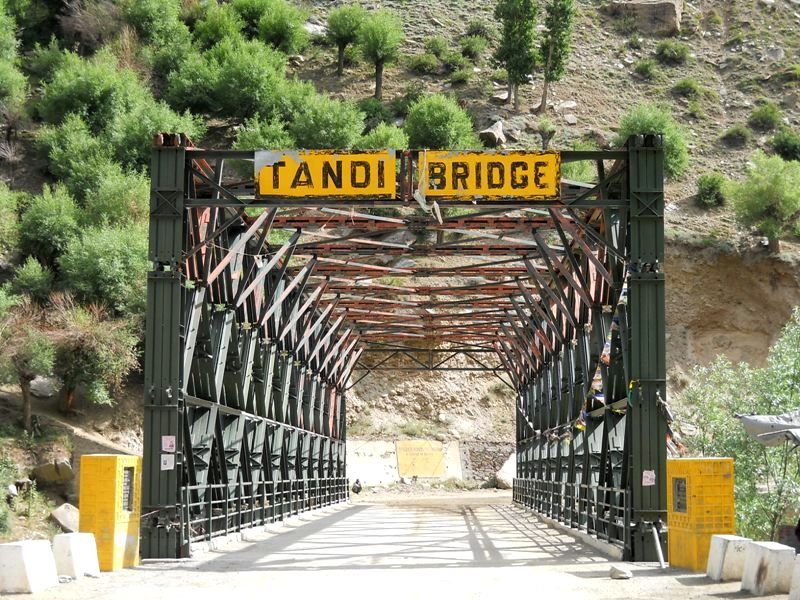
10. Gyephang, The Protector Deity
The peak of Gyephang can be seen from Kunzum Pass, Pangi Lahaul and from the Serchu Plains. Gyephang or Ghepan is thus believed to be the protecting deity of the people of Lahaul. The temple of this local protector is not open to visitors. The deity is taken out in a procession once in two/three years.
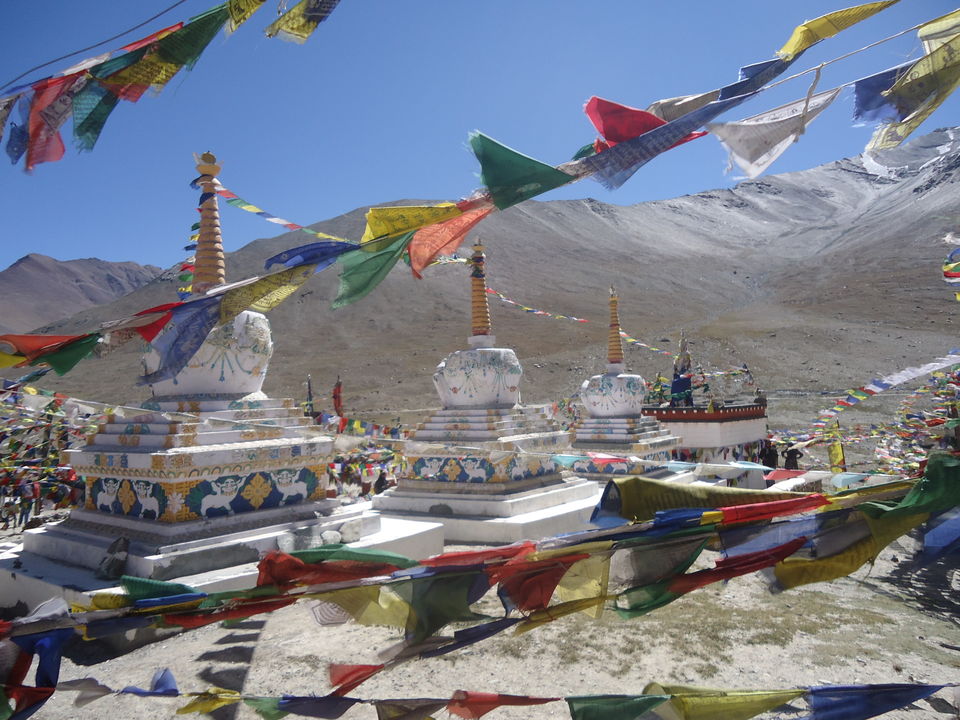
11. Mit Shale or A Practice Of Sham Funeral
The practice of warding off the evil spirit in the region of Lahaul & Spiti is known as Tana-Mana. When the locals believe that there is an influence of an evil spirit on a person, a monk is called to perform Tana-Mana. At times, they seek resort in the practice of Mit Shale, a practice of performing a sham funeral of the evil spirits, commonly known as Joginis and Lhas.
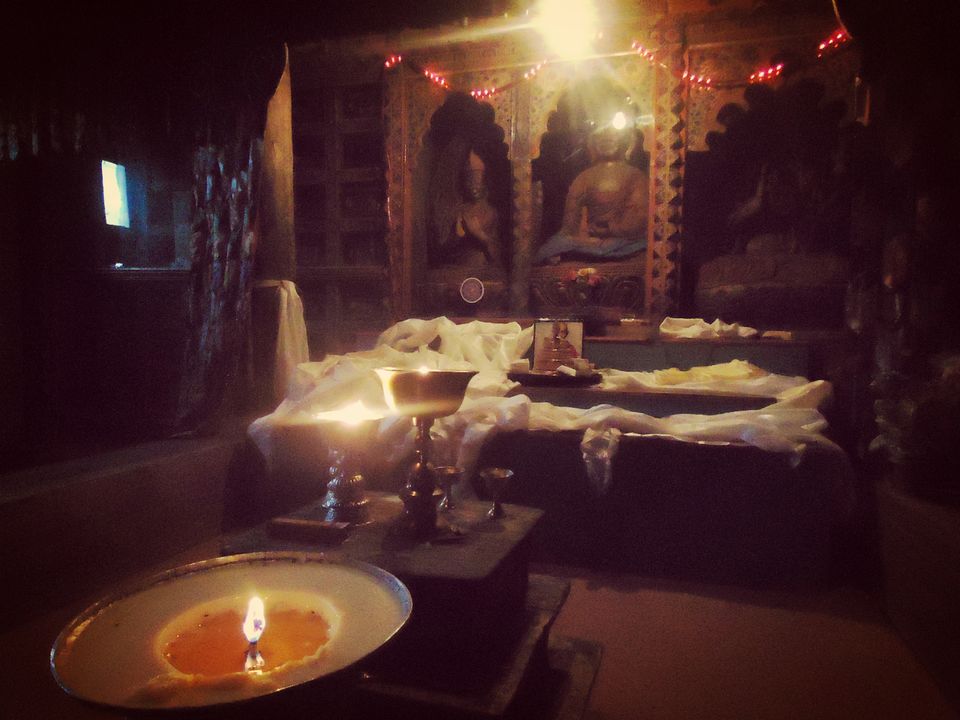
The photographs have been taken by Sankar Samanta, a fellow traveller I met in Lahaul-Spiti.
Secrets are still secrets. This incredible land has tales and folklores in abundance and the self-sufficient lifestyle of the people of this region is an inspiration for various communities across India. The feisty group of people who have made this difficult region their home have millions of stories waiting for every explorer.
It's time for you begin your journey across this mystic land.
Click here to share your stories with us.
Frequent Searches Leading To This Page:-
lahaul and spiti valley tour, lahaul spiti bike trip, lahaul spiti valley in himachal pradesh, how to reach lahaul and spiti valley

